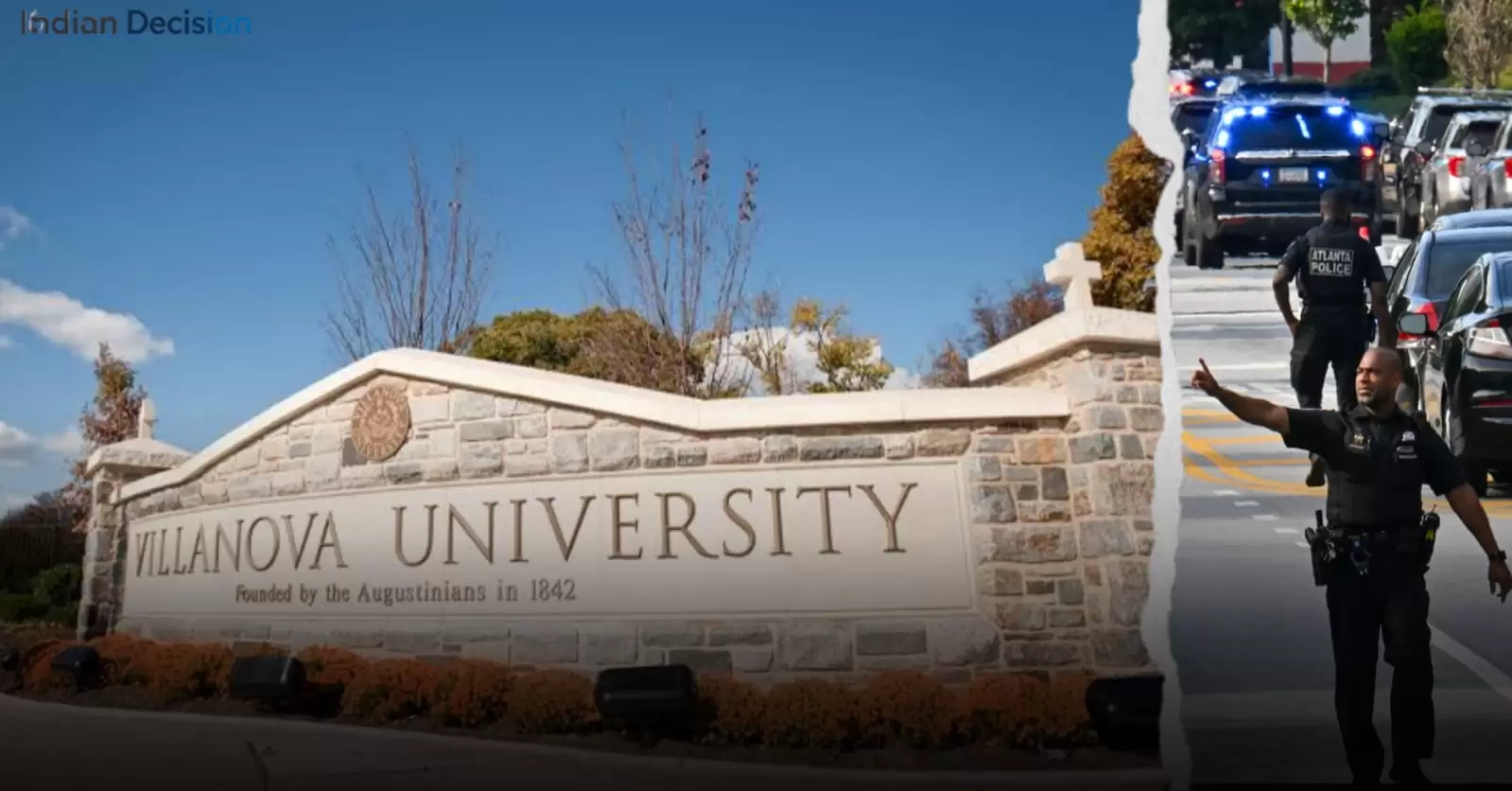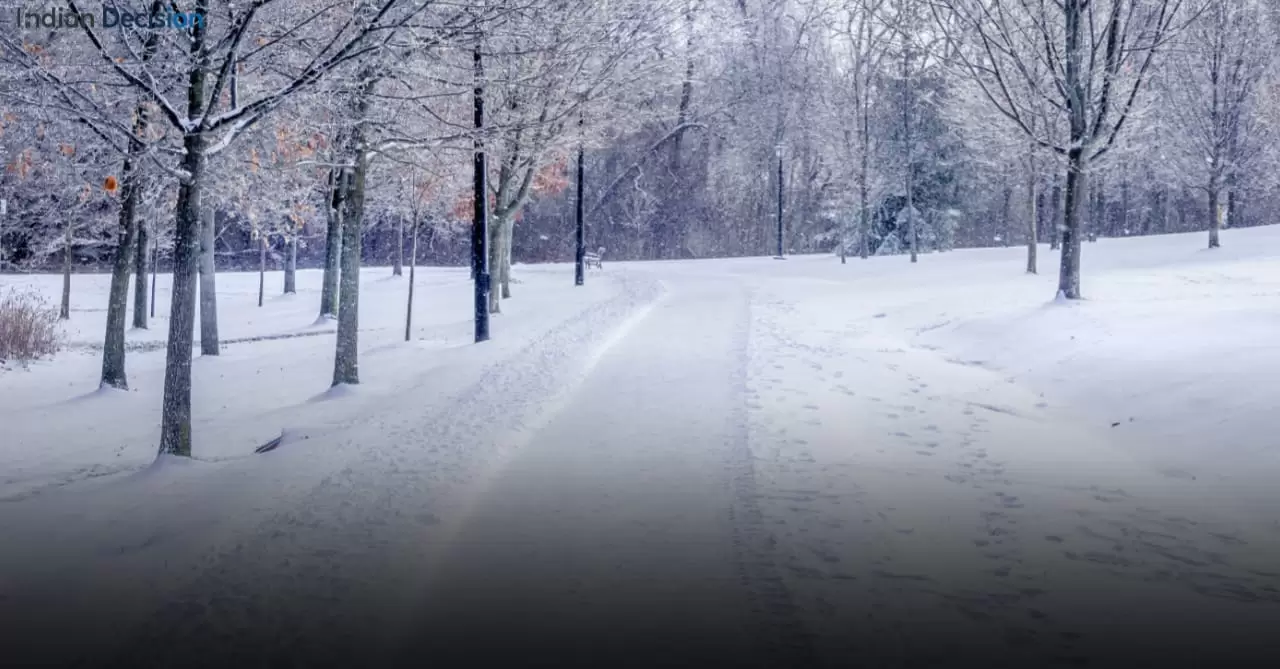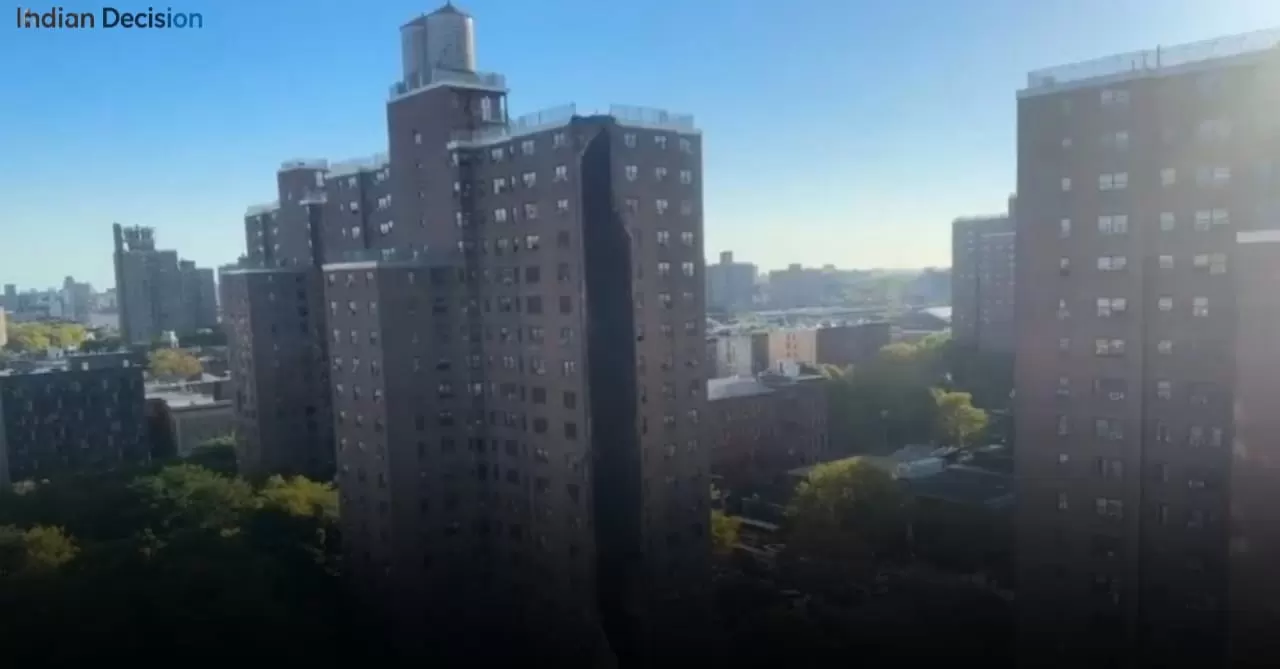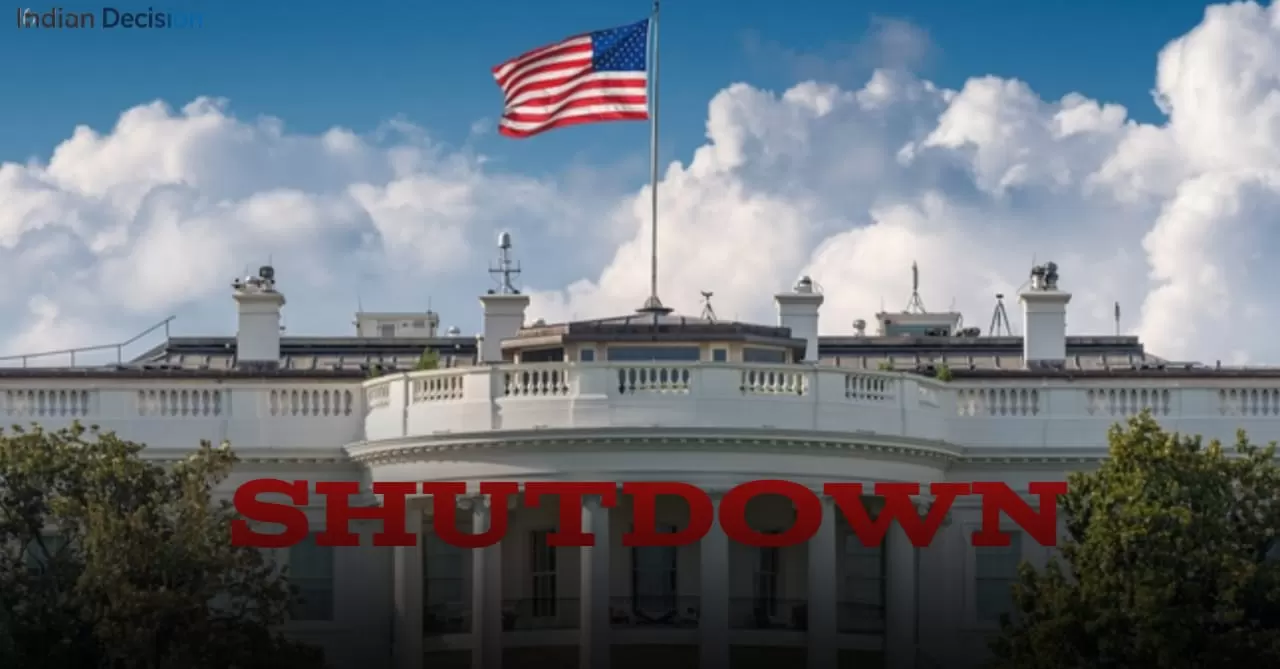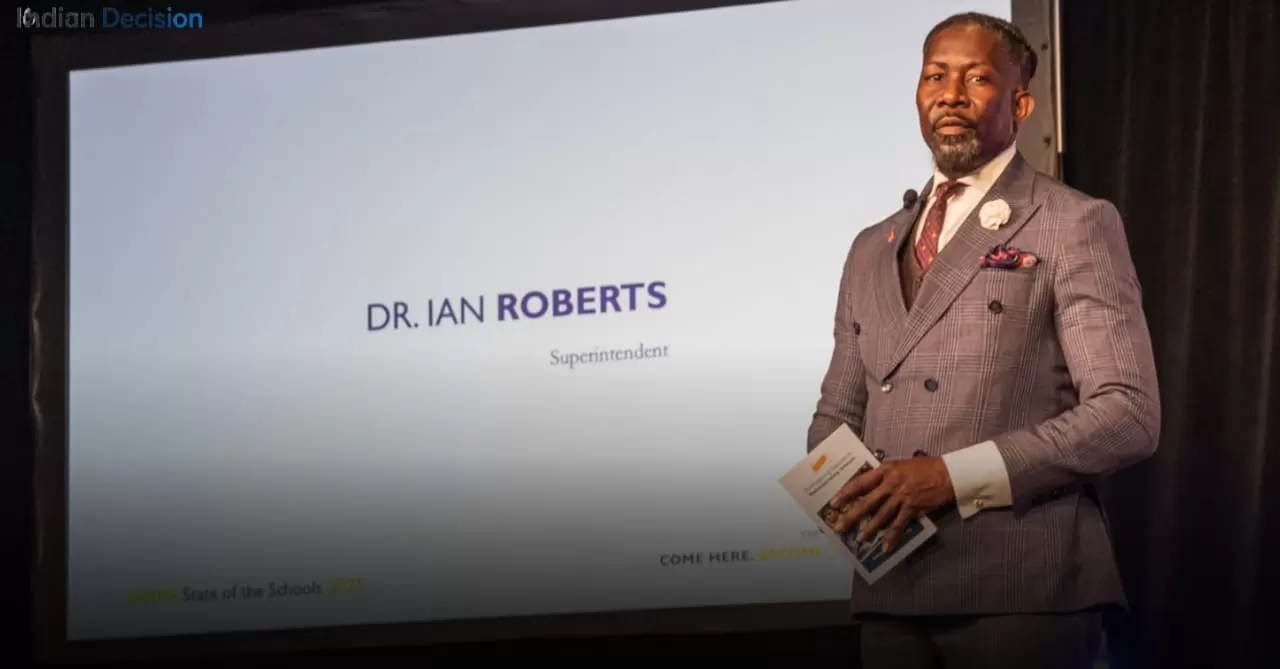Mass Panic at Villanova: Active Shooter Alert Forces Lockdown Latest Update
Today, Villanova University in suburban Philadelphia briefly went into lockdown after an emergency alert warned of an active shooter on campus. Students and staff were told to move to secure locations, lock and barricade doors, and stay away from the law school while police responded.
Video circulating on social platforms showed frightened students huddled in classrooms and hallways during new-student move-in events. Local authorities including Radnor Township police and state police quickly deployed to the scene and began sweeping campus buildings as a precaution.
Initial reports suggested at least one person may have been shot and treated by paramedics, though details were limited while first responders secured the area. Transit services near the campus were temporarily affected as officials urged nearby residents to shelter in place.
In an important update, Villanova later described the alert as a “cruel hoax,” saying there was no evidence of firearms and that, mercifully, no one was injured. Investigations by local authorities remain underway to determine how the false report began and who is responsible.
How the Lockdown Unfolded
The first emergency notification was pushed to phones and loudspeakers just after noon, instructing the Villanova community to take immediate shelter. Within minutes, classrooms and residence halls were barricaded. Faculty canceled orientation activities while officers in tactical gear moved across campus.
One first-year student described the moment to a local TV station: “People were crying, texting their families. Nobody knew what was real. We just followed the instructions and tried to stay quiet.”
Authorities Respond Swiftly
Police from Radnor Township, state troopers, and campus security coordinated a building-by-building sweep. Ambulances staged nearby as a precaution. Public transit operators temporarily diverted routes serving Lancaster Avenue, the main corridor outside campus.
Within roughly an hour, officials determined there was no shooter. The university issued a second message lifting the lockdown and clarifying that the incident was the result of a hoax call.
False Shooter Reports on the Rise
So-called “swatting” incidents false reports of shooters, bombs, or other emergencies have surged nationwide. The FBI reported hundreds of such calls targeting schools and universities in the past two years. Each one triggers a massive response and leaves communities rattled.
In Pennsylvania alone, at least a dozen schools have faced similar threats since 2023. Each hoax drains resources and heightens public fear, while complicating efforts to prepare for genuine emergencies.
Impact on Students and Families
For Villanova students, many of whom had just arrived on campus for the new academic year, the lockdown was a jarring introduction. Parents waiting nearby rushed to contact their children, many describing agonizing minutes of silence before confirmation they were safe.
Counseling services and support hotlines were made available almost immediately after the all-clear, with the university acknowledging the emotional toll such hoaxes can cause.
What Officials Advise After a Hoax
Law enforcement continues to encourage communities to treat every alert as serious until proven otherwise. Safety officials outlined basic steps for those connected to the campus:
- Follow official university alerts and text messages.
- Obey police instructions without delay.
- Avoid the affected area until authorities confirm it is safe.
- Check trusted local outlets for verified updates rather than social media rumors.
Why Hoax Threats Are Prosecuted Severely
Authorities stressed that filing a false report of an active shooter is not a prank. It is a serious crime that can lead to federal charges, significant fines, and years in prison. Investigators are now working to trace the origin of the Villanova call. If a suspect is identified, they could face charges ranging from false reporting to terrorism-related offenses.
Lessons for Universities Nationwide
The Villanova incident underscores the difficult balance universities face: ensuring quick responses to potential violence while managing the disruption caused by hoaxes. Experts say schools must invest not only in emergency drills and communication systems but also in resilience training for students and staff.
Some universities have begun using advanced caller ID tracing and digital monitoring tools to detect swatting before it escalates. Others are working more closely with federal agencies to share data on emerging patterns of threats.
Looking Ahead
For now, Villanova is focusing on recovery. Orientation activities are expected to resume tomorrow under heightened security. The community remains shaken, but many expressed relief that the scare ended without physical harm.
As the investigation continues, officials hope to send a clear message: false alerts are not only disruptive but dangerous, pulling resources from real emergencies and sowing fear in communities already on edge.
Note: This report summarizes today’s public updates. Authorities may release more details as the investigation continues; rely on official channels for the latest verified information.

